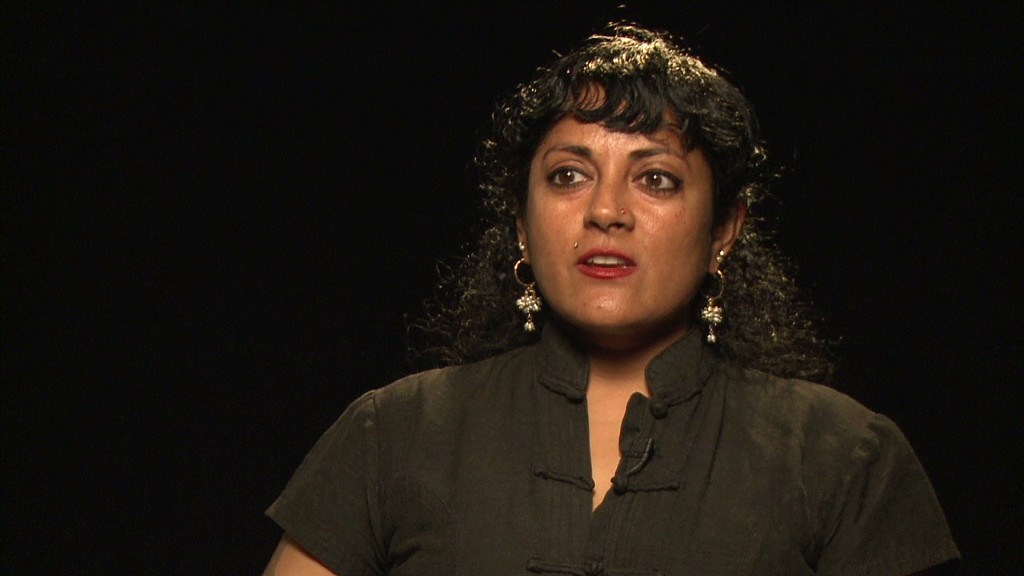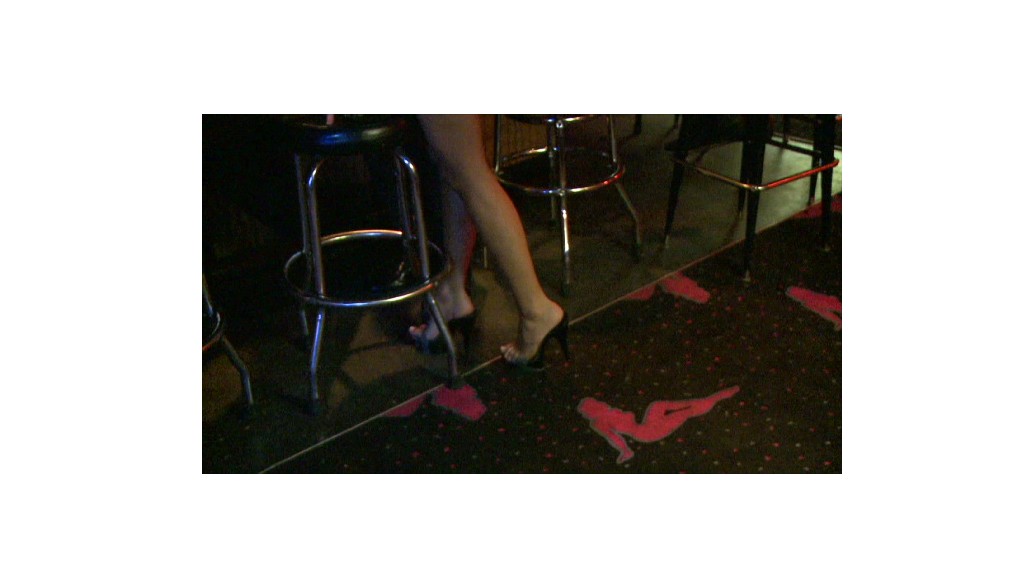
Sonja worked as a stripper in three states for 15 years.
Like any employee, Sonja had set hours, had to be on stage at a certain time and dress a certain way. She was penalized if she missed a shift.
But like most strippers, Sonja wasn't considered an employee. That's because club owners typically classify strippers as independent contractors.
It lets bosses get away with not paying employment taxes, not complying with discrimination laws and not offering benefits such as health care or retirement plans, according to Robert Woods, a tax lawyer in San Francisco. In turn, workers do not qualify for unemployment benefits. They might also miss out on Medicare and Social Security benefits if they don't properly withhold those taxes.
It's a situation that Sonja and other strippers are increasingly challenging in court. The 37-year-old from Brockton, Mass., has won two court settlements in the last two years. She is awaiting the outcome of two more.
Related: I work 70 hours a week
As independent contractors, strippers' income comes solely from tips. Often, club owners' long list of fees take a big bite out of that too.
Hima B., a former stripper in San Francisco who is working on a documentary about strippers' labor rights, paid $5 "stage fee" for a six-hour shift when she started working in 1992. Within months, the fee jumped to $25. By the time she stopped working in 1999, she was paying $200 per shift. It's commonplace for club owners to levy such a fee.
"You should be paid to work. You shouldn't pay to work," said Hima B., who like Sonja and the other strippers in this article, asked that she be identified by her stage name.
Sonja also paid stage fees, and more -- $80 for showing up late, $25 to dance one song and $60 for a half hour in a private room. Some strippers also have to pay DJs and other overhead costs like rent.

"They're making tons of cash charging girls to work," Sonja said.
Cases like Sonja's are picking up steam. Just last month, the Kansas Supreme Court ruled that dancers at Club Orleans in Topeka were employees rather than contractual talent. It granted them the right to collect unemployment insurance.
This followed another ruling in November, when strippers at the Spearmint Rhino chain in California won a $13 million settlement in a federal court class action case that granted them employee status. The settlement amount will be divided among strippers across six states.
"We've seen a lot of great rulings like these," said Shannon Liss-Riordan, an attorney who specializes in labor cases.
In the last 10 years, Liss-Riordan has been involved in a dozen cases like Sonja's, who she represents. She has either won or reached settlements in favor of the strippers in at least half of them and the rest are still pending.
There are other professions where employees work for tips or have to pay for a spot -- like waiters and hairdressers. The difference is that these workers also earn wages.
"Strippers, on the other hand, are buying a job," said Liss-Riordan. "To have money taken away from them is a sad state of affairs."
Related: Fast food workers protest for labor rights
Some strippers have organized to fight back. Workers at The Lusty Lady, a San Francisco peep show, formed the Exotic Dancers Union in 1997. Soon after that, The Lusty Lady became fully owned and operated by its employees, who continue to vote on all business decisions.
"I get paid a little bit more than minimum wage hourly on top of my tips" said Victoria Privates, a dancer who started working at The Lusty Lady last year.
Hima B. hopes her film will inspire strippers to stand up for the kinds of rights dancers have at The Lusty Lady.
"Stripping is legal," she said. "This is a group of workers and they deserve rights."


